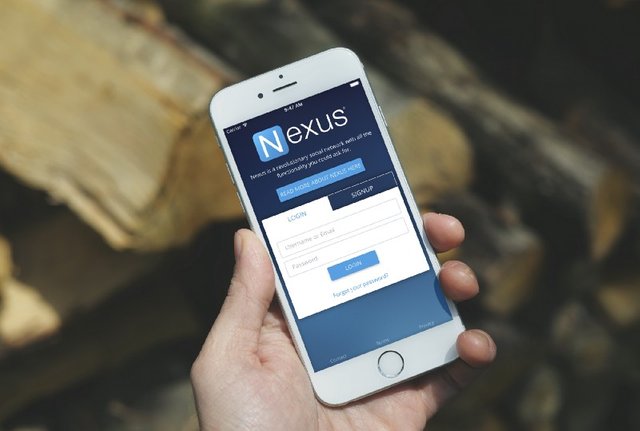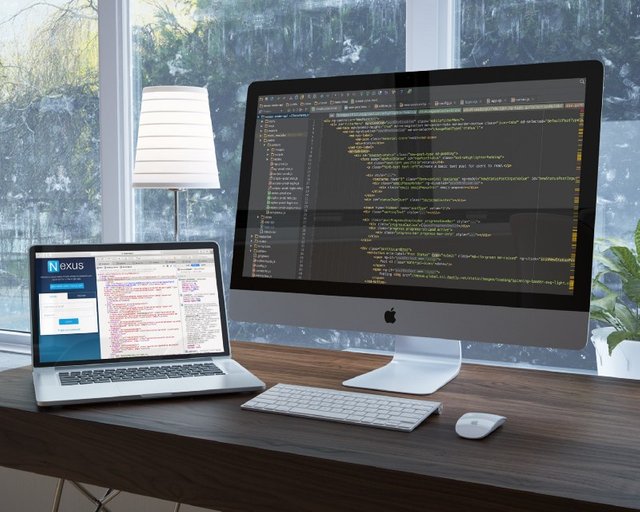Welcome to our second development update. In this post we will be concentrating on our mobile applications, how we push updates to them, and the future development plans.

Many users have raised the point that our mobile applications have not received updates since late 2016. This is because both of our mobile applications work off our web server instead of relying on the app stores.
This means that instead of pushing an update to the Google Play Store and/or iOS App Store, we push updates to our web server so that users on all applications receive the update at the exact same time. If an important update needs to be addressed within the platform, we simply push an update, and all users receive it almost instantly — instead of having all users go to their relevant store and update their app.
Over the last year we have found this to be a very seamless and productive way to work. If any bugs arise that require a quick fix, we simply push the updates live, and voilà—all issues fixed.

The iOS application is built on Swift 2 and WKWebView. The web server loads all content into the webview and we then perform native integrations such as credential saving, contact list integrations and push notification setup. This is almost the same with our Android application, although it relies on Java and does not yet have a contact list integration (coming soon).
Once the new platform is developed in approximately 6-8 months, we will then be hiring a dedicated Android developer and iOS developer to turn our semi-hybrid applications to full native apps. This will make way for both the Tor API integration and built in VPN. Once native, we can also begin pushing notifications and news feeds to users with smartwatches.

Both applications will work in their tablet form — such as iPads and Android based tablets. The current mobile applications still work quite well on tablet, but could use some improvements. These will be addressed within the new platform redesign and redevelopment, and then even further improved upon once we go completely native.
Both semi-hybrid mobile applications will be open sourced in the coming months. We’ll then deprecate both of these to make way for the new native applications, that will also be open source.
If we receive enough interest from the community for a Windows Phone mobile application, we will also get this developed.